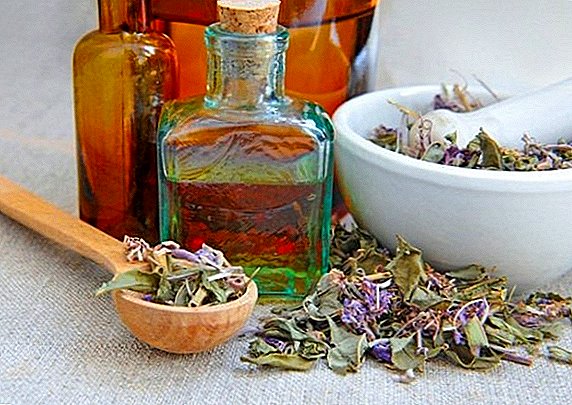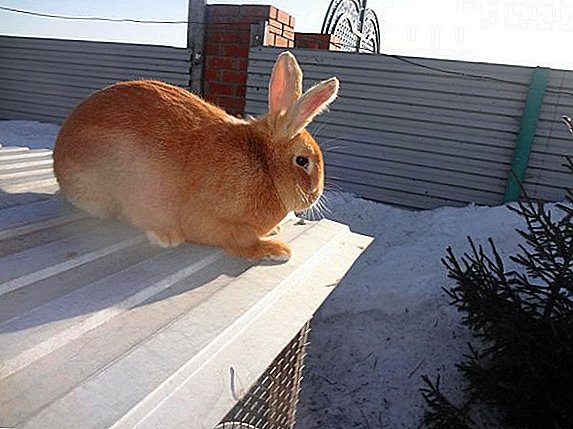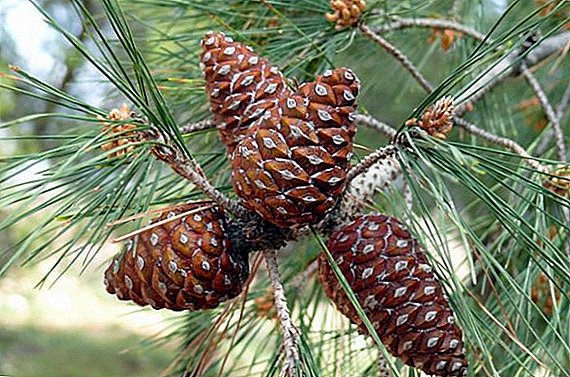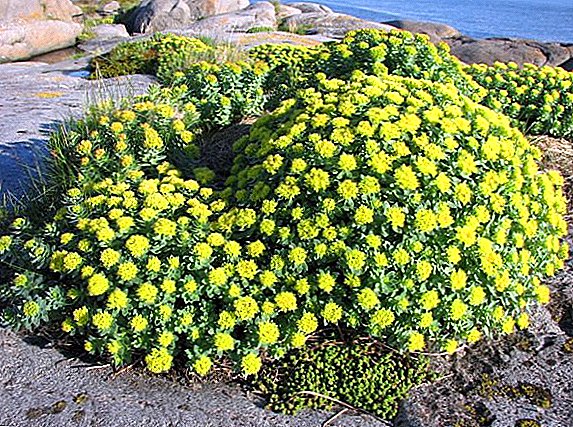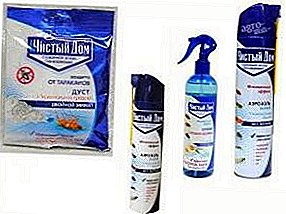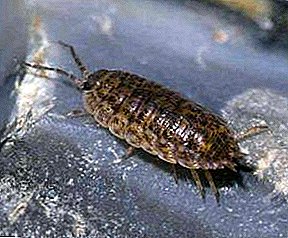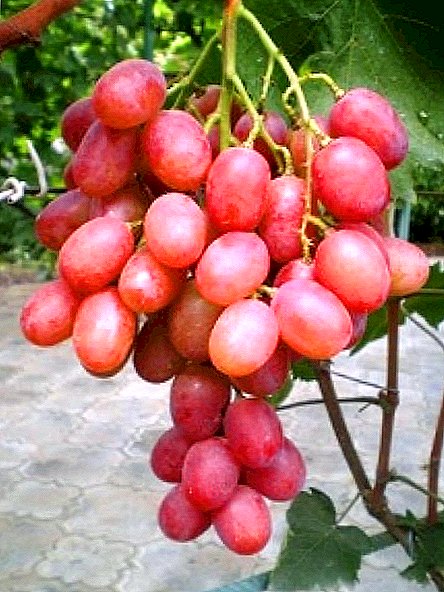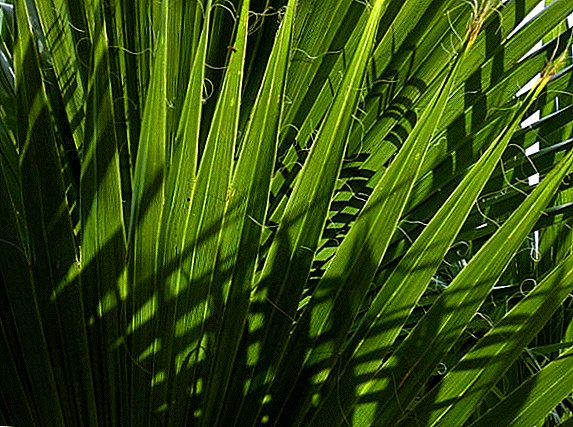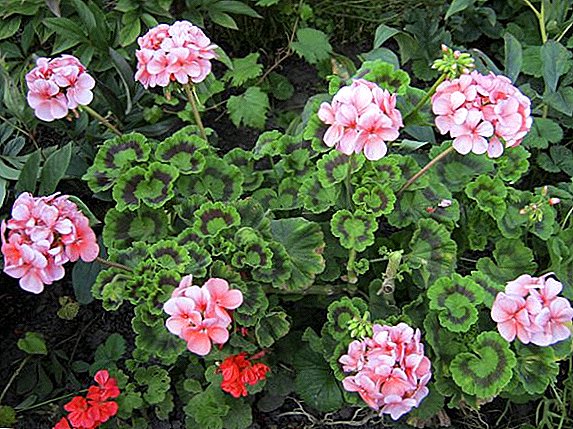 It is safe to say that every person has houseplants in the house, but the inhabitants of our country have a special love for geranium.
It is safe to say that every person has houseplants in the house, but the inhabitants of our country have a special love for geranium.
Did you know? Home geranium is also called "pelargonium".
Major Geranium Pests
 Geranium, like any other plant, has many enemies. Various diseases and pests can cause serious damage to room geraniums. The most common pests are:
Geranium, like any other plant, has many enemies. Various diseases and pests can cause serious damage to room geraniums. The most common pests are:
- aphid;
- various caterpillars;
- ants;
- rot;
How to understand that geranium needs treatment
Even the most experienced and caring owners, it is possible the emergence of diseases of geraniums. The reason for this may be:
- a small pot, because of which the root system of a plant cannot develop normally;
- the absence or lack of drainage in the tank;
- lack of sunlight and constant drafts;
- excessive moisture;
- A surplus of fertilizers with nitrogen, due to which the green mass develops rapidly and damages flowering;
- too little potassium and phosphorus in the soil.
Symptoms of geranium disease can be: 
- The appearance of spots on the leaves. This can be caused by bacteria and fungi. Also, the appearance of thrips on pelargonium.
- "Rust" on the leaves of the plant. If you find similar spots on the leaves of a flower, it means that you have got a fungus.
- Rotting stalk. The reason is bacteria. There is a chance to lose the plant if you do not do the treatment.
- The plant is covered with gray spots and not aesthetic bloom. In this case, the geranium picked up gray mold.
- Leaf bleaching. This suggests that you have got aphid on geraniums, and the earlier you decide to bring it out, the more chances to save the plant.
Root rot and how to eliminate it
Root rot begins due to fungi that inhabit the soil. Most often, it affects geranium stems, which are located at ground level or near the surface. Because of the appearance of such a fungus, the stem of a flower simply falls.
It would be better to throw out infected geraniums or try to cut the affected part of the plant with a sharp and clean knife. After using the tool, it must be well sanitized. So that you do not have root rot, you do not need to pour much geranium, improve soil drainage, add a mixture of vermiculite, peat moss or perlite. Between colors it is necessary to observe an interval.
Important! To prevent the occurrence of the disease should strictly adhere to the rules of growing geraniums.
What to do if all the leaves are stained
 The appearance of spots on the leaves indicates the defeat of the flower by insect pest or harmful fungus. It is better not to delay and immediately take measures to eliminate the threat, because the disease can go to neighboring plants.
The appearance of spots on the leaves indicates the defeat of the flower by insect pest or harmful fungus. It is better not to delay and immediately take measures to eliminate the threat, because the disease can go to neighboring plants.
Tomato Spots
If geranium is stunted and there is a ring spot on it, well inspect it for the presence of "tomato spots". Most likely, these spots will be slightly faded. Having found them, inspect the aerial parts of the plant. If there are specific indentations, then the flower will have to be thrown out. The fight against tomato stains will not bring success, and vain attempts to help the plant will lead to the transfer of bacteria to neighboring flowers.
Did you know? It is believed that the geranium bushes planted near the house promote the health of all households.
Spots like bubbles
The appearance on the leaves of geranium spots in the form of bubbles, due to the influence of harmful fungi - Alternaria and Cercospora. Alterinariasis and cercopillus affect the appearance of hollow brown formations on the leaves. Such spots are vaguely reminiscent of a rash and can lead to leaf fall. After some time, spores appear at the site of the infected area, and then dark, slightly elevated places.
Rusty spots
Rusty stains on geraniums result from the activation of fungi. Rust begins to appear yellow spots on the top of the sheet. The rust effect is spread by sucking insects, contaminated soil, or through other already infected plants.
Important! A strong defeat of this disease will lead to full yellowing and dropping of all leaves.To combat the "rust spots", the first thing you need to isolate the infected flower. If the infection did not manage to disperse strongly in the plant, remove only the affected parts. In the case of a running form, treat the plant with colloidal sulfur. Nearby standing plants also need to handle "Kratan" or "Akreksom."
Gray Rot Houseplant
 If you find that your geranium dies from gray rot, the question: "What to do?" should arise first.
If you find that your geranium dies from gray rot, the question: "What to do?" should arise first.
Gray rot on the geranium is manifested in the form of brown spots. The leaves that are closer to the soil suffer the most.
Did you know? Some species of pelargonium have a similar spot of nature, which should also be taken into account when making a diagnosis.Gray rot occurs due to:
- transmission by airborne droplets;
- during soil replacement;
- due to the increased humidity of the premises and soil;
- poor ventilation and abundant watering.


